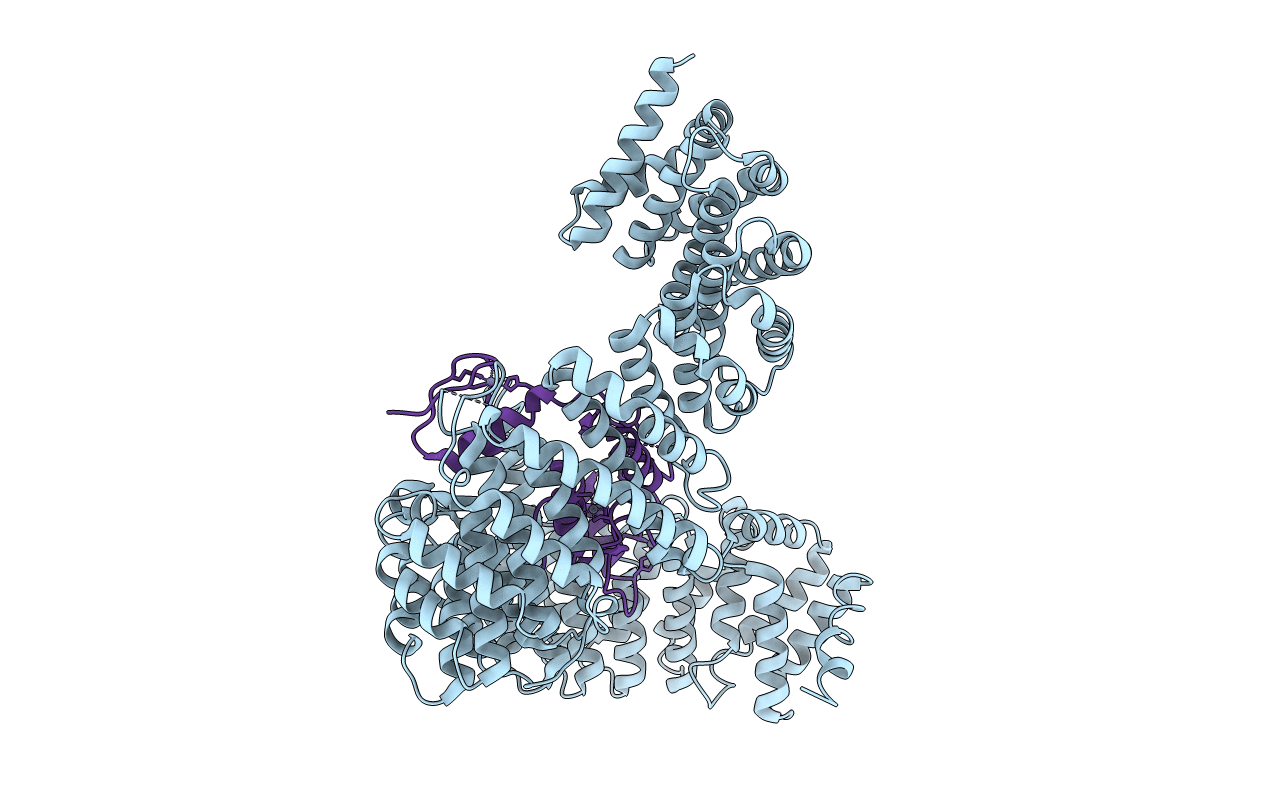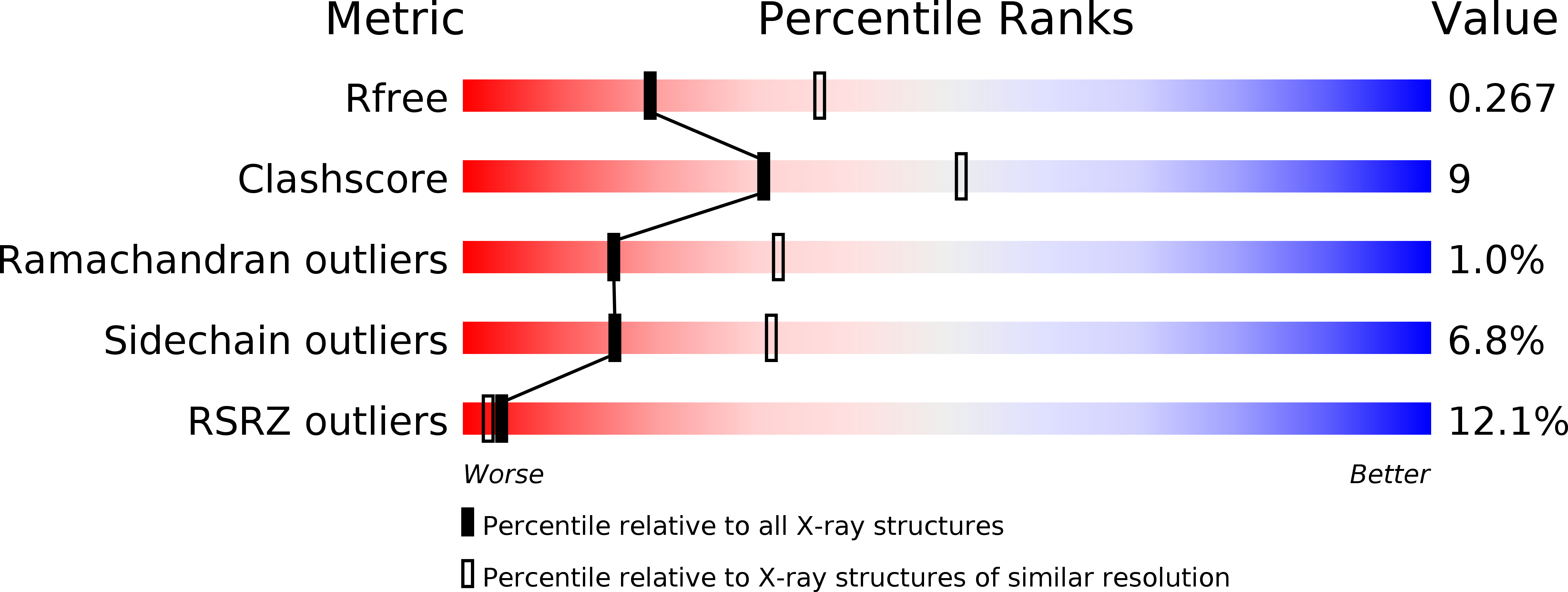
Deposition Date
2013-01-30
Release Date
2014-03-05
Last Version Date
2024-03-20
Entry Detail
PDB ID:
3W5K
Keywords:
Title:
Crystal structure of Snail1 and importin beta complex
Biological Source:
Source Organism:
Homo sapiens (Taxon ID: 9606)
Host Organism:
Method Details:
Experimental Method:
Resolution:
2.60 Å
R-Value Free:
0.26
R-Value Work:
0.21
R-Value Observed:
0.21
Space Group:
C 1 2 1


